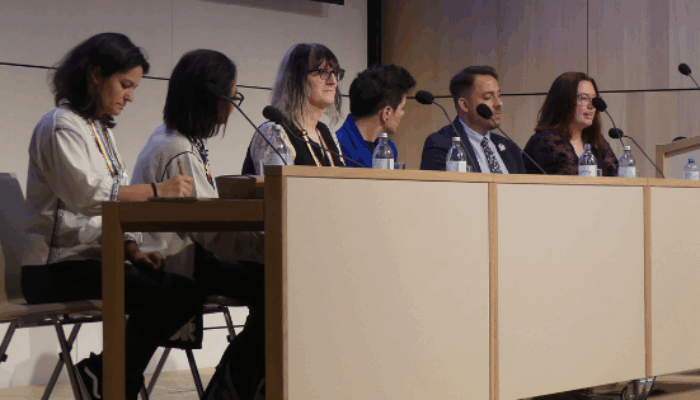
Reflections following the discussions held in the EGU25 Great Debate “Gender in Geoscience” (available to watch online if you missed it).
“Fairytales are the fossils of human culture.”
[…] said Francesca Cavallo, author of Good Night Stories for Rebel Girls, during the Union Symposium US8 on “Gender in Geoscience” on the final day of the EGU General Assembly in Vienna. As a children’s author myself, that phrase planted a seed from which this piece has grown.
It was Friday morning and my brain, like that of most attendees of EGU25, felt like it was on its last legs. I dragged myself out of bed just in time for the 8:30 a.m. session. When I arrived, I was pleasantly surprised to see how many colleagues had done the same. But when I took a step back to really think about it, I realised something: it was actually a pretty small group if you consider that, this year, there were more than 20,000 scientists at EGU. Every single one of them could have learned something by attending, either by gaining a new perspective or seeing the world through a different point of view.
We all walk around inside bubbles shaped by our own experiences. I am a woman, I am queer, I am white. These identities shape the way I move through the scientific world (and the wider world too)—and how the scientific world moves around me. But, as a scientist, I know better than to assume that my experience is universal—my locally collected rock samples are not representative of the geology of an entire country if you see what I mean.
Listening to the perspectives of others does not just make me more empathetic—it makes me a better scientist. It makes me more capable of contributing to a research culture that supports equity, access, and fairness for everyone, not just people like me.
Are you an ethical scientist?
We talk often about ethics in science: do not fabricate data, do not plagiarise, and credit your collaborators. These are the professional standards we all, at least in theory, agree upon.
But what about ethics beyond the research paper? What about the everyday ways we show up—or fail to show up—for one another in academic life? Our responsibilities as scientists go well beyond just to the facts, but to the people impacted by them. In fieldwork. In authorship. In hiring. In mentoring. In policy translation. It’s how we treat one another at work. Yet progress on discrimination remains slow, perhaps because it’s difficult to understand the realities others face within our personal bubbles. That’s why sessions like “Gender in Geoscience” are of high significance towards progression.
A few weeks ago, a man asked me if, as a woman, I found coding harder. He was not trying to be cruel—he was genuinely curious. He wondered whether, perhaps, the reason we see fewer women in programming is that we just find it intellectually more difficult.
This was not the first time I had been asked something like that. And it most likely will not be the last. I am not alone—projects like Did This Really Happen!??! highlight that sexism does not just exist within scientific workplaces, but remains rather prevalent. It infiltrates the confidence of many, through the drip-drip of microaggressions, assumptions left unquestioned, or compliments with a caveat—“You are good, for a woman.” And yet, for others, sexism is completely invisible. When I share interactions like this, they are surprised, even shocked. “Really?!” Yes. Really.
In the Great Debate, Dr. Asmae Ourkiya outlined how, for trans and non-binary scientists, navigating the world of geosciences can be significantly worse.
“There are barriers around hiring, access to resources, assumptions of competence, and even physical safety in fieldwork. In some parts of the world, their identities are criminalised. And yet institutions often lack even the basic policies that would mitigate these risks: inclusive restrooms, flexible dress codes, safety protocols, accountability for harassment, etc. – Asmae said”
The result? We lose talent, we silence voices, and we restrict what science can be.
If we really believe talent is evenly distributed across society (and we can agree on that, right?), then the obvious question is: why does progress not rise evenly? Why do the same groups consistently remain on the margins? The only reasonable conclusion is that their underrepresentation isn’t a coincidence—it’s driven by structural exclusion. Meritocracy, if it ever existed, does not explain what we see. We cannot claim to select “the best” if some people are never given a fair chance to compete. Faced with these realities, too many respond with a shrug. There are papers to write and grants to chase. Someone else can fix the system—institutions, perhaps. The institutions conformed by all of us, you mean?
Telling new stories
Returning to fairytales and their “fossil qualities,” Francesca speaks of them as condensed narratives that pass on expectations. In classic fairytales, women wait, their lives beginning when they are rescued by princes. But hey, it is not better for the prince! They are practically cardboard cutouts of each other, from one story to the next. Stoic, interchangeable, emotionally flat, forgettable.
“For every girl waiting to be saved,” Francesca said, “there is a boy wondering what the point of him is.”
Narratives like these set early into our minds and shape what we believe is possible, desirable, or expected. But we can write new stories, reconsider our own biases, and expand our perspectives. The contrast between the old and the new is where real transformative potential lies.
As a scientist—and also an author and illustrator—I think often about the stories we inherit and the ones we create. Stories shape culture, and mirror it. If we want science to be truly inclusive, we must question the narratives we perpetuate: about who belongs, who leads, who produces knowledge, and who must struggle simply to be allowed in.
Whilst you might, a priori, think that when you write a scientific paper the story within it is the science it presents, there is a lot more woven through. Those long lists of 20th century papers authored exclusively by men reflect more than their scientific understanding – they reflect a historical reality of exclusion. They are the scientific equivalent of those old fairytales – once unquestioned, today being rewritten. Women in STEM fields now represent just 24 percent of the workforce— technically growth, but at a pace that feels glacial. Cultural transformation takes time.
Sitting in discomfort
Nobody sets out to be exclusionary. Most people do not want to be biased. But most of us, if not all of us, carry internalised narratives. When someone challenges them—whether it is a queer scientist existing visibly, a colleague pointing out a discriminatory behaviour, or simply a male-presenting person choosing to wear nail polish—some of us might feel a jolt of discomfort. But guess what That is a sign that there is something to be learned, and most times, it’s about ourselves.
The discomfort that often comes when our internal narratives are disrupted is valuable, and it is worth sitting with it. What is this reaction telling me about the stories I have absorbed? Where is this discomfort coming from? If my first instinct is to blame the individual that is causing it, why is that so? And is that fair?
The worst thing we can do is pretend we are fine when we are not. To smile and say we are “allies” while pushing down the awkward feelings. That leads to a sort of cosmetic EDI—focused only on language and appearances—does not lead to change. True inclusivity requires vulnerability. It means being open to correction. It means welcoming the possibility of being wrong, with grace. The possibility that we may not fully understand what is outside our bubble. EDI is not a tickbox exercise, it’s a lifelong practice.
Your discomfort is a new data point, one you should aim to make sense of just like you would when new information becomes available to your ongoing research. Pushing the discomfort away is the equivalent of dismissing new, valuable data…that just doesn’t quite fit with your findings.
Discomfort is a new data point. Just as in science, when a new piece of evidence emerges, we should interrogate it, not dismiss it because it complicates our model. It should be easy, because that is what scientists do all the time, is it not? We revise our thinking based on new evidence. We build models, only to discard them when better data comes along. The same scientific mindset can serve us to collectively build spaces for all.
EGU provides space for these perspectives—not only within the realm of science, but far beyond it. Silence in the face of unethical behaviour—whether around gender, privilege, or systemic exclusion—also tells a story – one that does not benefit future generations. We each carry responsibility for building inclusive spaces. Especially when it makes us uncomfortable. Perhaps because it makes us uncomfortable. In that discomfort, we may find a glimpse of what others endure every day.

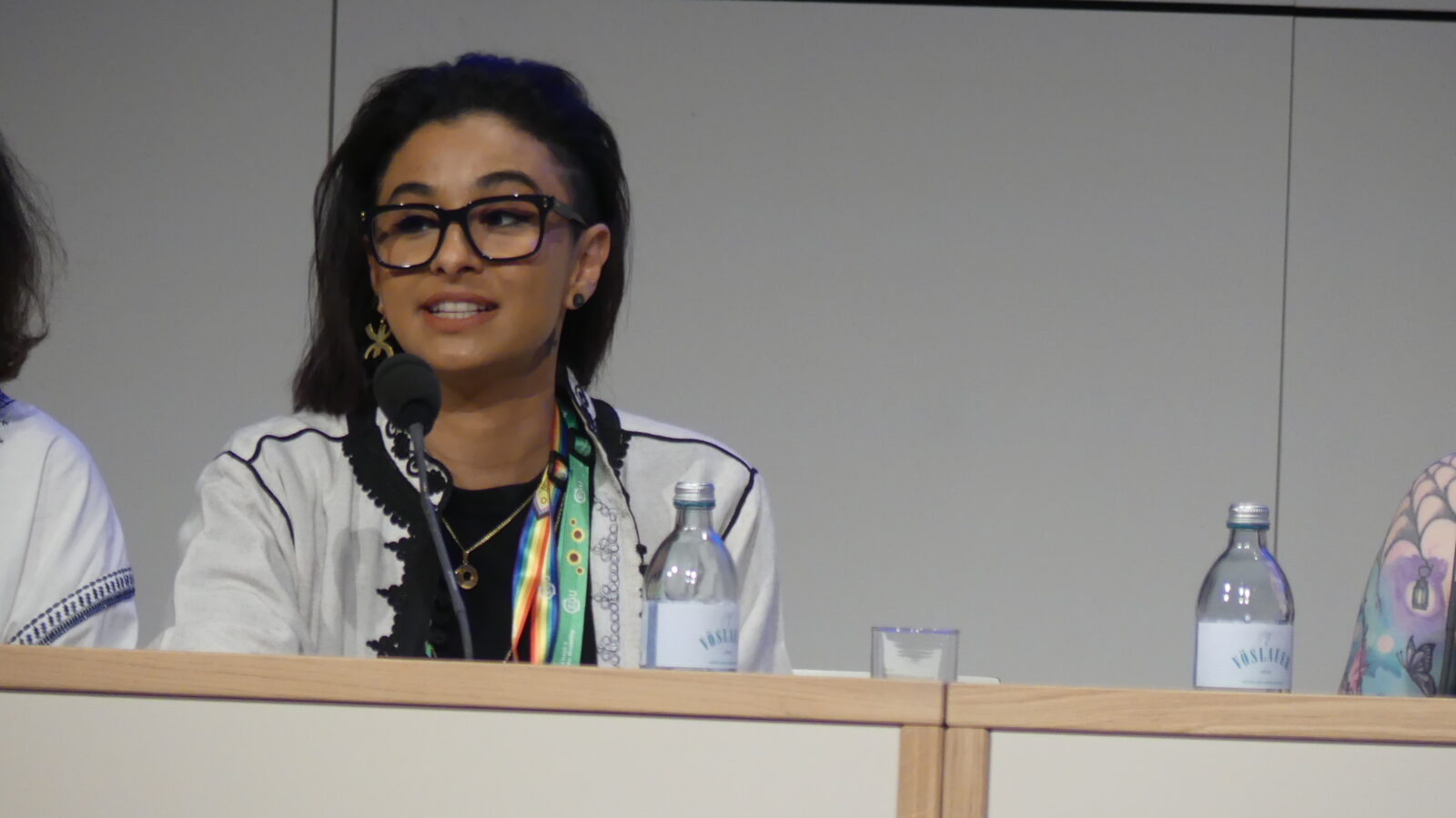
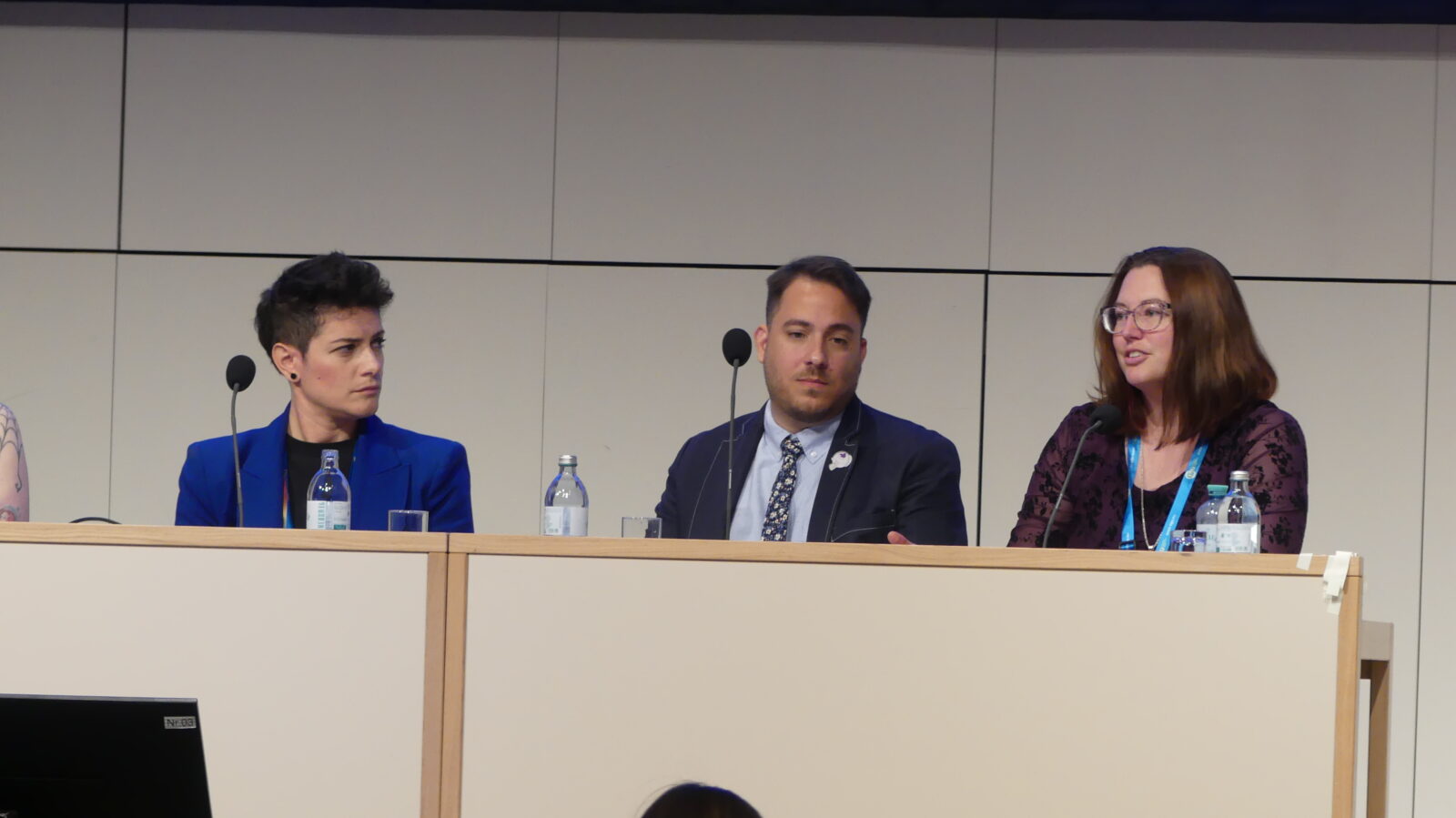
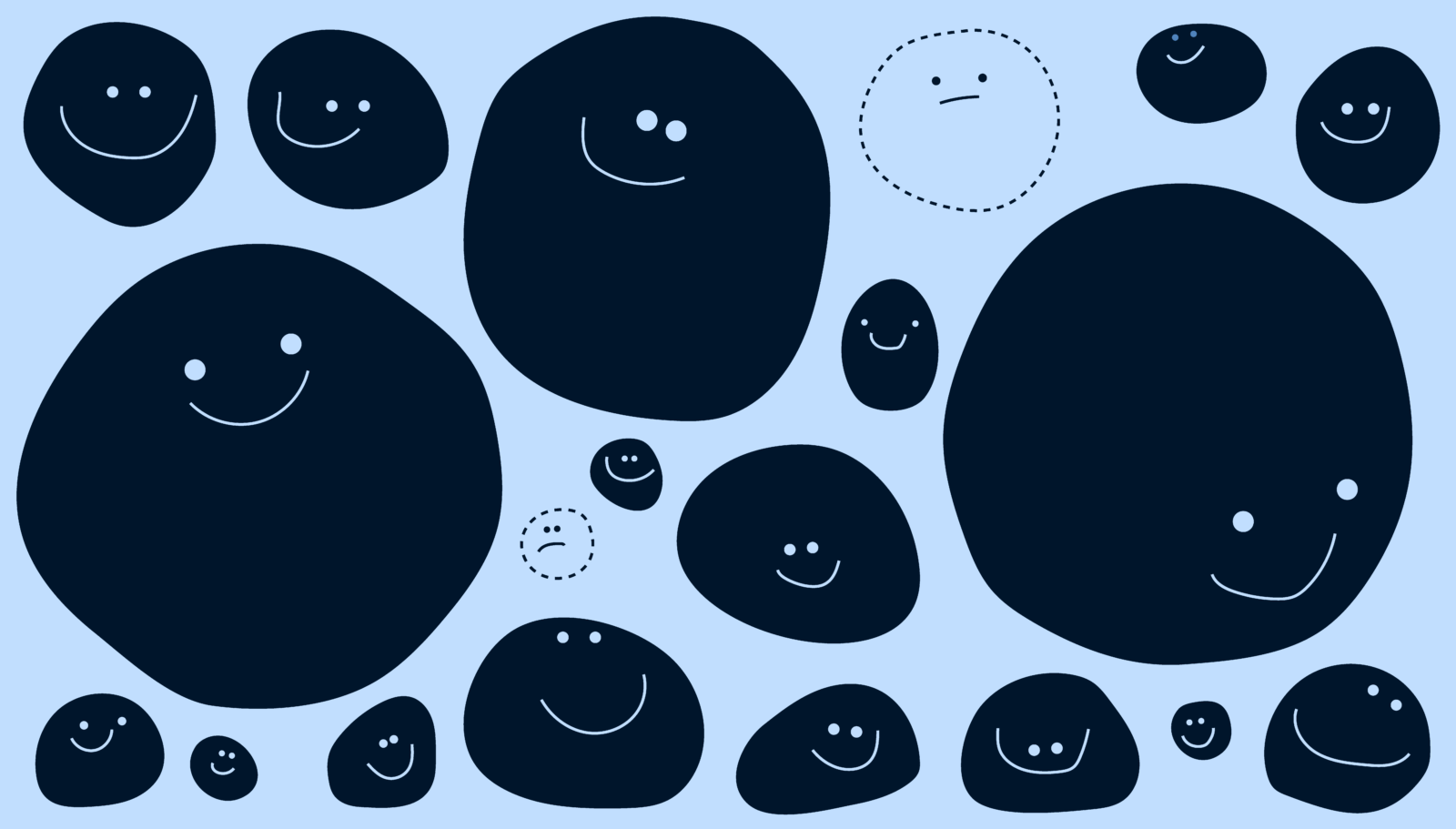
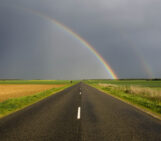
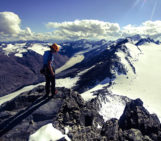
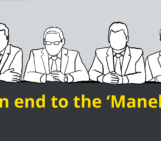
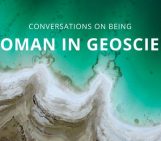
Dr S D Limaye
Women Geoscientists have a tremendous potential in teaching Geosciences and in the Laboratory Work. There may be some limitations in conducting or teaching during the Fieldwork. Dr S D Limaye, Director Ground Water Institute, Pune, India.